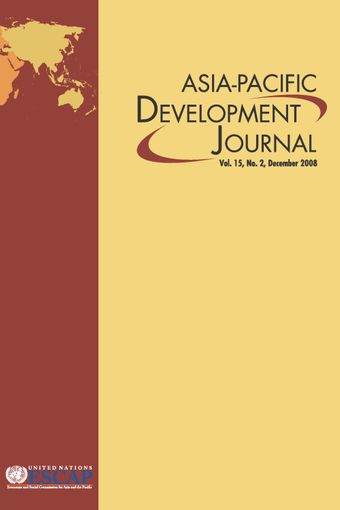-
Government finances and economic growth: A policy perspective on the developing economy of Sri Lanka
- Source: Asia-Pacific Development Journal, Volume 15, Issue 2, Oct 2009, p. 61 - 96
-
- 17 Oct 2009
Abstract
In this paper, we analyse the fiscal policy orientation of the developing economy of Sri Lanka in the context of the growth performance of the economy during the period 1975-2000, using an integrated input-output and macro-econometric model. The paper draws upon the Government’s policy approach towards faster economic growth. The empirical findings how that the Government’s budget deficits are not primarily the result of an excess of consumption over revenue. Rather, other current expenses, such as Government transfers and interest payments, have been the main cause of the country’s mounting public debt. The proportion of Government investment in total Government outlays has declined over time. This could be a major obstacle to economic growth. At the same time, the Government’s recurring budget deficits have led to an escalating national debt, and the monetization of deficits has created inflationary pressures. In order to arrest these trends and encourage economic growth, reducing the current deficits in the Government budgets is imperative. Domestic private investment, foreign direct investment and Government investment have to be combined as complementary forces to ensure rapid economic growth in the country.





